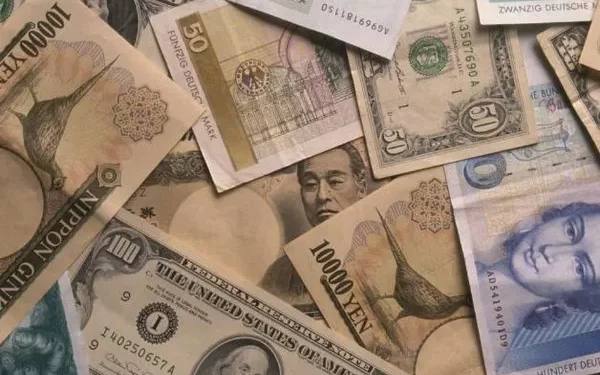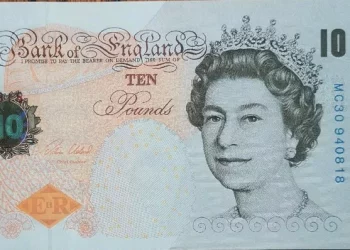The Japanese Yen (JPY) remains resilient against the US Dollar (USD) following a second consecutive month of increased real wages in Japan. In July, Japan’s Labor Cash Earnings rose by 3.6% year-on-year, a slowdown from June’s 4.5% growth but the highest increase since January 1997. This outcome surpassed market expectations of a 3.1% rise and bolstered speculation that the Bank of Japan (BoJ) may implement another interest rate hike before the end of 2024.
In a speech on Thursday, BoJ Board Member Hajime Takata addressed the bank’s policy outlook, noting moderate economic recovery in Japan despite some weak indicators. Takata acknowledged significant market volatility but expressed confidence in achieving the inflation target.
The US Dollar saw some recovery from recent losses, buoyed by improved US Treasury yields. However, the Greenback encountered challenges following the release of July’s US JOLTS Job Openings data, which indicated a slowdown in the labor market. Traders are now focused on upcoming US ISM Services PMI and Initial Jobless Claims data scheduled for release on Thursday.
San Francisco Federal Reserve President Mary Daly suggested on Wednesday that the Fed should consider cutting the policy rate due to declining inflation and a slowing economy, though the size of any potential cut remains uncertain. FXStreet’s FedTracker rated Daly’s comments as neutral with a score of 3.6 on a dovish-to-hawkish scale. Atlanta Federal Reserve President Raphael Bostic noted that while the Fed is in a favorable position, maintaining a restrictive policy stance for too long could be problematic, with FXStreet’s FedTracker rating his comments as neutral with a score of 4.6.
Japan’s Chief Cabinet Secretary Yoshimasa Hayashi emphasized the need for coordinated fiscal and economic policy management with the BoJ, highlighting ongoing market monitoring.
July’s JOLTS Job Openings dropped to 7.673 million, down from 7.910 million in June and missing the forecast of 8.10 million. The figure represents the lowest level since January 2021.
The Jibun Bank Services PMI, revised to 53.7 in August from an initial 54.0, indicates continued expansion in the service sector, though the figure remained unchanged from July. Meanwhile, the US ISM Manufacturing PMI edged up to 47.2 in August from 46.8 in July, falling short of expectations and marking the 21st contraction in US factory activity over the past 22 months.
Japan’s recent decision to allocate ¥989 billion for energy subsidies aims to address rising energy costs and cost-of-living pressures. Additionally, the US Bureau of Economic Analysis reported that the headline Personal Consumption Expenditures (PCE) Price Index rose by 2.5% year-over-year in July, matching the previous reading but below the expected 2.6%. The core PCE index, excluding food and energy, also rose by 2.6%, consistent with the prior figure but slightly below the forecast of 2.7%.
Technical Analysis: USD/JPY Struggles Below 144.00; Support Near Seven-Month Lows
USD/JPY is trading around 143.80. Technical analysis shows that the nine-day Exponential Moving Average (EMA) remains below the 21-day EMA, indicating a persistent bearish trend. The 14-day Relative Strength Index (RSI) is near 30, signaling ongoing bearish momentum but suggesting potential for a short-term upward correction.
Support levels are seen around the seven-month low of 141.69, with additional key support at 140.25, the lowest since July 2023. Resistance may be encountered at the nine-day EMA near 145.00, followed by the 21-day EMA at 146.32. A break above these resistance levels could shift sentiment and push the pair towards the psychological 150.00 level.
Related Topics:



























